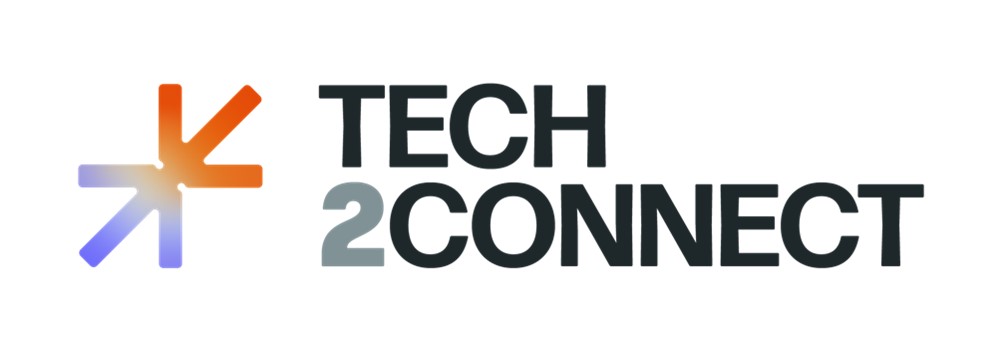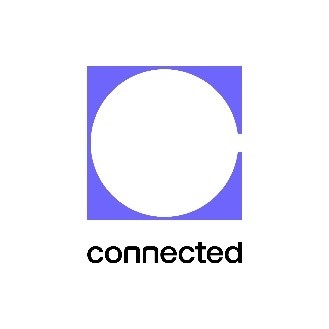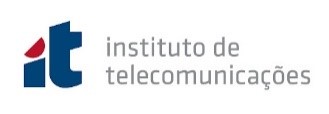
-
StatusOngoing
-
Activity Code3F.007
The Tech2CONNECT project, led by CONNECTED, aims to develop the necessary building blocks for a comprehensive IoT narrowband connectivity solution.
In the Definition Phase, the project focuses on identifying user needs and respective use cases, defining high-level technical and operational requirements and constraints, and establishing the foundation for the IoT connectivity service. This includes mission concept development, feasibility analysis of critical technology components, and stakeholder consultations to ensure alignment with market demands and the regulatory framework.
The Technology Phase concentrates on refining and verifying the Space and Network segments. It involves the design, development, and testing of an initial payload prototype, including hardware and firmware, and the definition and implementation of a lower-level network architecture supporting 5G IoT NTN communication protocol stacks. The phase culminates with the full validation of an Engineering Model, demonstrating service functionalities on ground and preparing for future integration into third-party platforms.
These efforts are part of a long-term strategy to establish a 5G IoT space-based connectivity service, sustainable, affordable and standardise for everyone, everything, everywhere.
Tech2CONNECT faces several key challenges, starting with the design and development of a payload that remains platform-agnostic, ensuring compatibility with a full rideshare constellation. Achieving this flexibility while meeting service requirements presents significant technical hurdles. Additionally, the project tackles the complexities of implementing a 5G IoT NTN protocol stack, which in 2024 has yet to be demonstrated in space, posing both technical and operational challenges. Regulatory complexities also arise, particularly with respect to using standard frequency bands for NTN, requiring careful navigation of spectrum allocation and international regulations to ensure compliance.
The targeted Connectivity Service by Tech2CONNECT offers significant advantages in the non-terrestrial IoT connectivity market, distinguishing itself from the competitors. By adopting a rideshare approach, which leverages excess payload capacity on existing and planned satellites, the system significantly reduces deployment and maintenance costs. This cost efficiency translates to a more competitive price for end users, enhancing accessibility and scalability.
Additionally, by adhering to 3GPP Release 17 standards, and alignment with future 5G standards in Release 18 and 19, ensures full compatibility with standard IoT devices. This eliminates the need for users to invest in proprietary hardware, offering a major advantage over competitor systems that often require dedicated devices. By integrating seamlessly with widely used terrestrial communication protocols, the resulting Tech2CONNECT Connectivity Service simplifies connectivity for a broad range of applications, including agriculture, logistics, and environmental monitoring.
This combination of cost-efficiency and compatibility with standard IoT devices provides a compelling value proposition, particularly for industries and users in off-grid or remote areas, making Tech2CONNECT a highly competitive and innovative solution in the global IoT connectivity market.
Several key features, that enhance the quality and reliability of the targeted NTN Connectivity Service, are targeted.
The payload, a critical component designed to enable global 5G IoT connectivity directly from space, is designed to support bidirectional communication, fully aligned with 3GPP standards, allowing seamless integration with existing terrestrial networks. This feature ensures compatibility with standard user equipment and offers low-power, high-reliability communication suitable for IoT devices operating in remote or off-grid regions.
In addition to 5G IoT, the payload integrates LoRa technology, expanding its compatibility to IoT ground devices. This combination of 5G NB-IoT and LoRa allows for robust and reliable connectivity, even in regions where spectrum licensing may be challenging.
Edge computing capabilities further enhance the system by processing data locally, reducing bandwidth usage, and enabling near real-time response. This is particularly beneficial for scenarios requiring fast decision-making, such as remote monitoring or disaster response.
The payload's standalone design, targeted to be platform-agnostic, allows it to be hosted on third-party satellites, significantly reducing deployment costs and enabling quick scalability of the network.
Additionally, the system supports Firmware Update Over-the-Air, ensuring the payload remains adaptable, secure, and compliant with future communication standards through remote software updates.
The system architecture is composed of three integrated segments: Space, Ground, and Network. These segments work together to provide seamless IoT connectivity, ensuring high-quality service and efficient operations.
The Space Segment is centred around the Non-Terrestrial Integrated Communication Management System (NT.ICMS) payload, which acts as the IoT gateway, integrating both 5G NB-IoT and LoRa protocols. Hosted on third-party platforms, the payload uses flexible rideshare options, reducing costs and offering scalability. The NT.ICMS features a regenerative architecture, enabling onboard data processing to reduce latency and improve communication efficiency.
The Ground Segment includes User Equipment (UE) and standard IoT ground devices that communicates directly with the NT.ICMS, using standard and compatible chipsets. Ground stations provide telemetry, tracking, and control, as well as data downlink, forming the bridge between space assets and the network infrastructure.
The Network Segment connects the space and ground components into a unified system. Data from UEs is transmitted through satellites to ground stations and processed via Connected's digital infrastructure. This data can be integrated with Mobile Network Operators’ terrestrial networks or directed to end-user applications.
This architecture ensures reliable, cost-effective, and flexible IoT connectivity, supporting diverse applications while maintaining compliance with evolving communication standards.
The Tech2CONNECT programme framework is structured to cover all the ARTES typical phases, from Definition to Demonstration.
The Definition Phase spans 9 months and encompasses requirements gathering, user needs assessment, and technical feasibility studies. Key milestones include the Mid-Term Review and the Final Review, which validate the project's foundational elements and prepare for further development.
The Technology Phase lasts for 16 months and focuses on developing and testing the Engineering Model of the NT.ICMS payload. Milestones include the Requirements Review, Preliminary Design Review, Test Readiness Review, and Completion Review, ensuring the system's design, testing, and validation are rigorously assessed.
Within the Tech2CONNECT project Connected has successfully completed the Definition Phase and is currently in the Technology Phase. Ongoing work includes the derivation of system requirements, payload concept design, and interface analysis for the NT.ICMS. This involves refining high-level requirements and deriving lower-level ones for the space segment, while also assessing and defining interfaces with third-party platforms. Concurrently, the high-level architecture of the protocol stack is also being defined, with key requirements being established and a detailed implementation plan under development, ensuring a strong foundation for the project's technical objectives.




